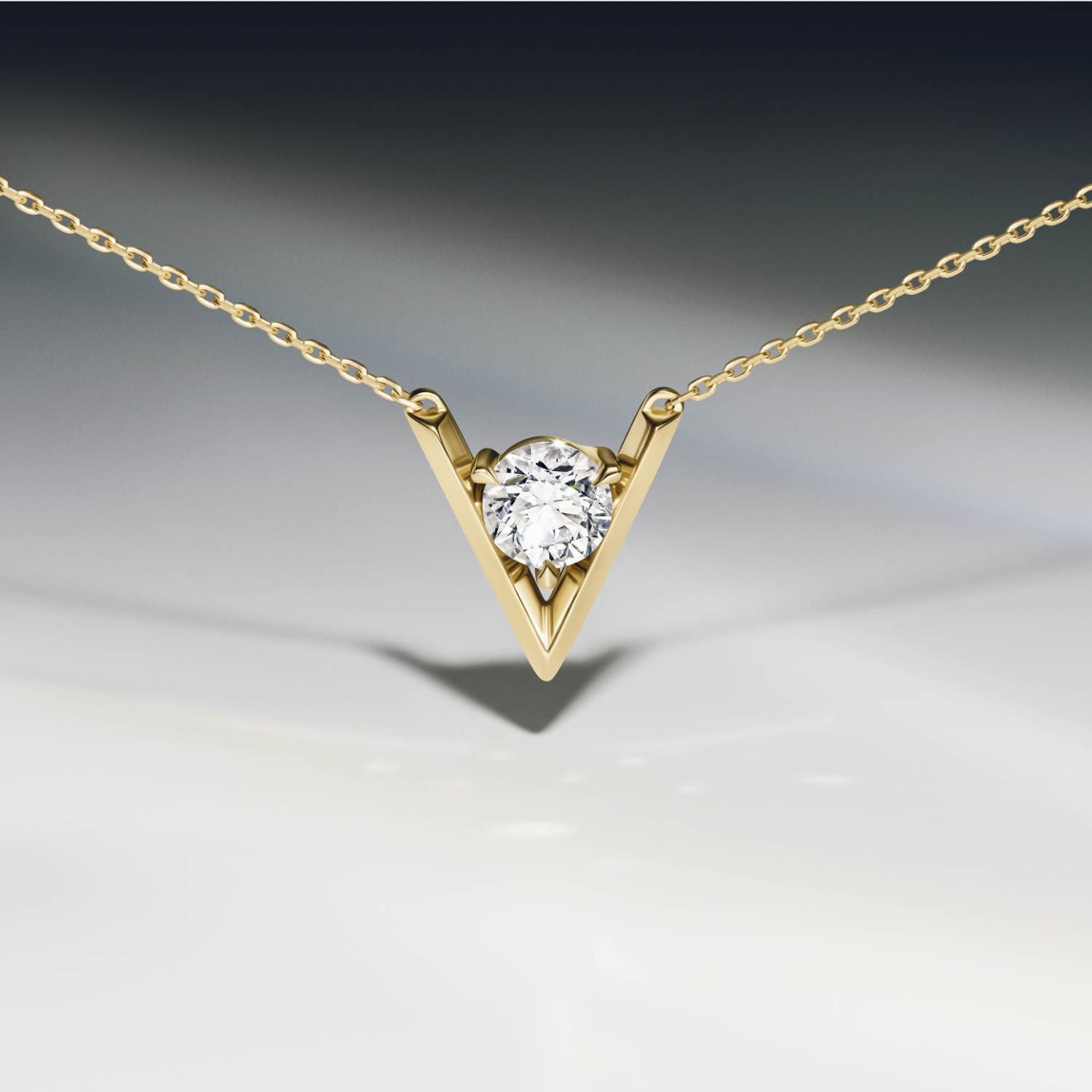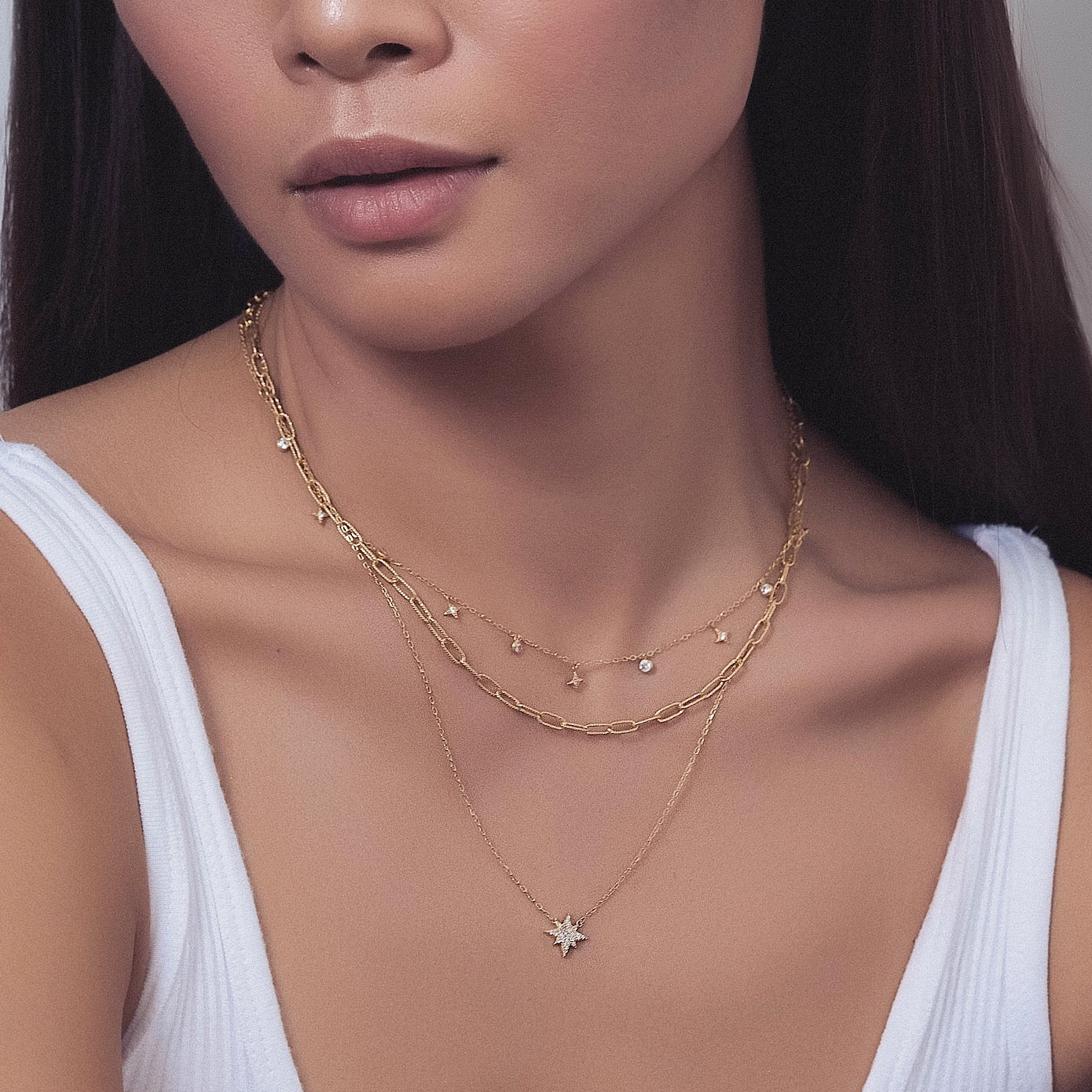How to fix a broken necklace?
How to fix a broken necklace? A broken necklace doesn’t have to mean the end of its lifespan. With a little bit of patience and the right techniques, you can restore your necklace back to its original glory. Whether it’s a clasp that needs repairing, a broken chain, or a missing bead, learning how to fix a broken necklace can save you money and allow you to continue enjoying your cherished jewelry piece. In this comprehensive guide, we will walk you through the step-by-step process of fixing a broken necklace, providing you with the knowledge and skills to repair your jewelry with confidence.
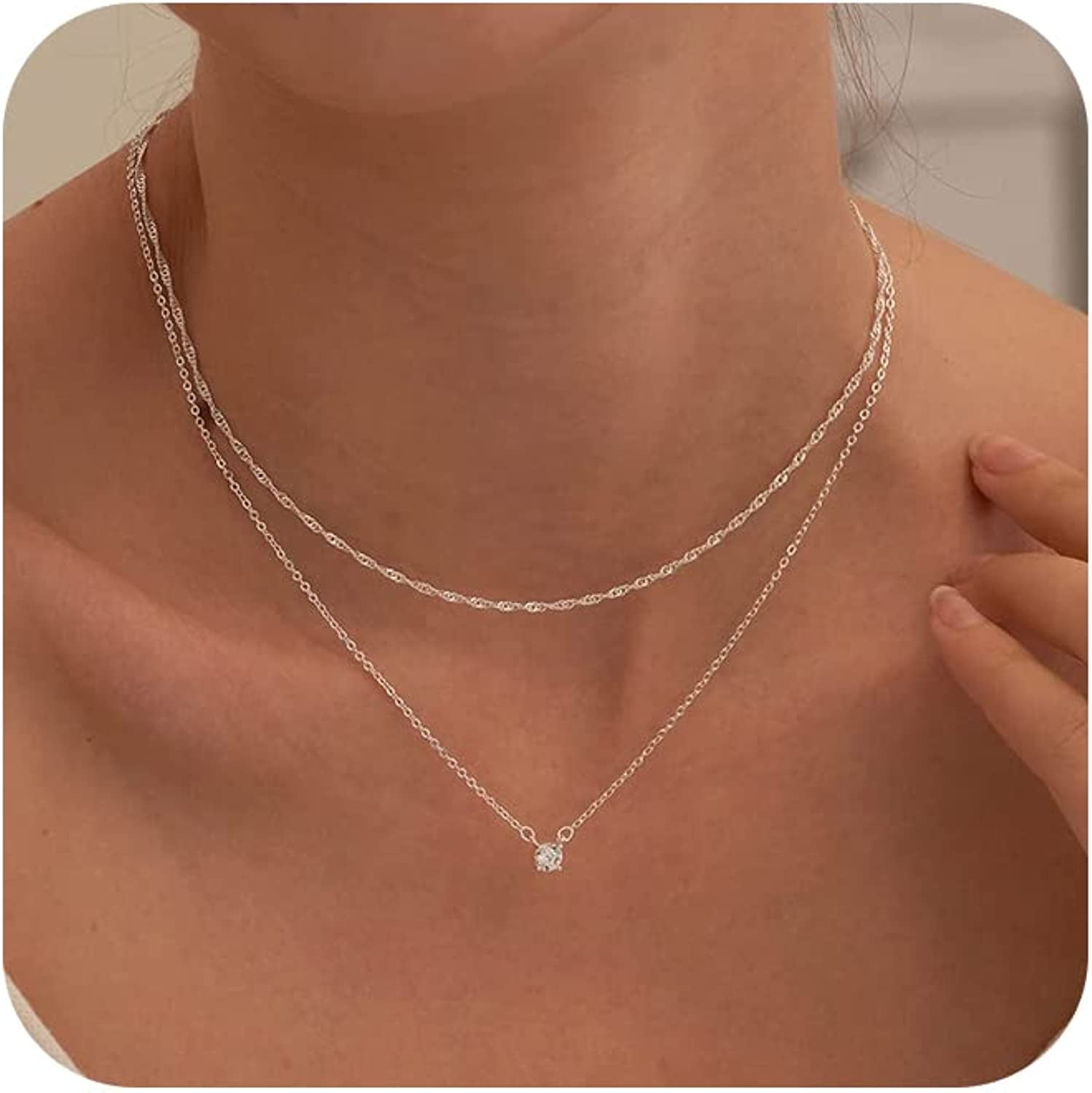
Assess the Damage
The first step in fixing a broken necklace is to assess the damage and determine the best course of action. Examine the necklace closely to identify the broken component, whether it’s a clasp, chain, bead, or any other part. Take note of any additional areas that may require attention, such as loose or worn-out beads or jump rings.
Gather the Necessary Materials and Tools
Before you begin repairing your necklace, gather the following materials and tools:
Materials:
- Replacement Components: Depending on the type of damage, you may need replacement components such as a new clasp, jump rings, or beads. It’s essential to choose replacements that match the original design and material of the totwoo bracelet.
- Jewelry Glue or Epoxy: If certain components need to be reattached, jewelry glue or epoxy can provide a secure bond. Ensure you select a jewelry-specific adhesive that is suitable for the materials you are working with.
Tools:
- Jewelry Pliers: A set of jewelry pliers, including chain-nose pliers and flat-nose pliers, is essential for manipulating jump rings, opening and closing clasps, or bending wire.
- Wire Cutters: Use wire cutters to cut chain, cords, or any excess wire during the repair process.
- Beading Needle: A beading needle is useful for restringing beads or threading through small openings.
Repairing Common Necklace Issues
Now that you have the necessary materials and tools ready, let’s address some common necklace issues and their respective repair techniques:
-
Fixing Clasps:
- Replace a Broken Clasp: To replace a broken clasp, remove the damaged clasp by opening the jump ring or cutting the cord at the end. Attach the new clasp by opening another jump ring or tying the cord securely.
- Repair a Loose Clasp: If the clasp is loose, tighten it by closing the gap of the jump ring or reattaching the cord more tightly.
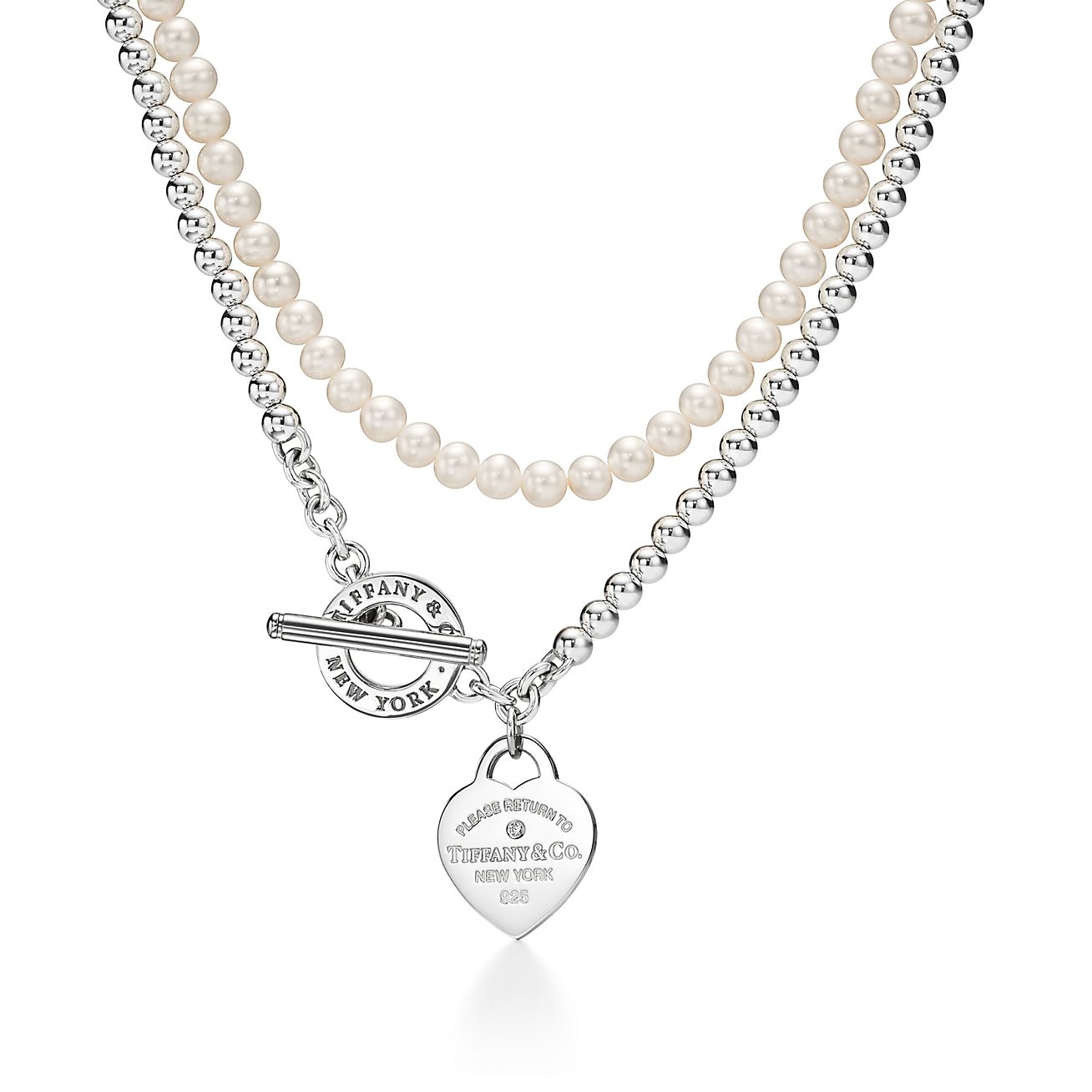
-
Repairing Broken Chains:
- Reconnecting Broken Chains: If a chain has been disconnected, reconnect it by using jump rings. Open a jump ring using two pairs of pliers, attach it to the broken ends of the chain, and close the jump ring securely.
- Replacing Broken Links: For chains with broken links, remove the broken link using pliers, and replace it with a new jump ring or chain link. Attach the new link securely, closing the jump ring or soldering the new link if necessary.
-
Restringing Beads:
- Reattaching Loose Beads: If a bead has come loose, reattach it by threading a beading needle through the cord or wire and carefully securing the bead in its original position. Tie a secure knot to keep the bead in place.
- Replacing Missing Beads: If a bead is missing and needs to be replaced, remove adjacent beads or find a matching replacement bead. Thread the new bead onto the cord or wire, and restring the surrounding beads to the desired arrangement.
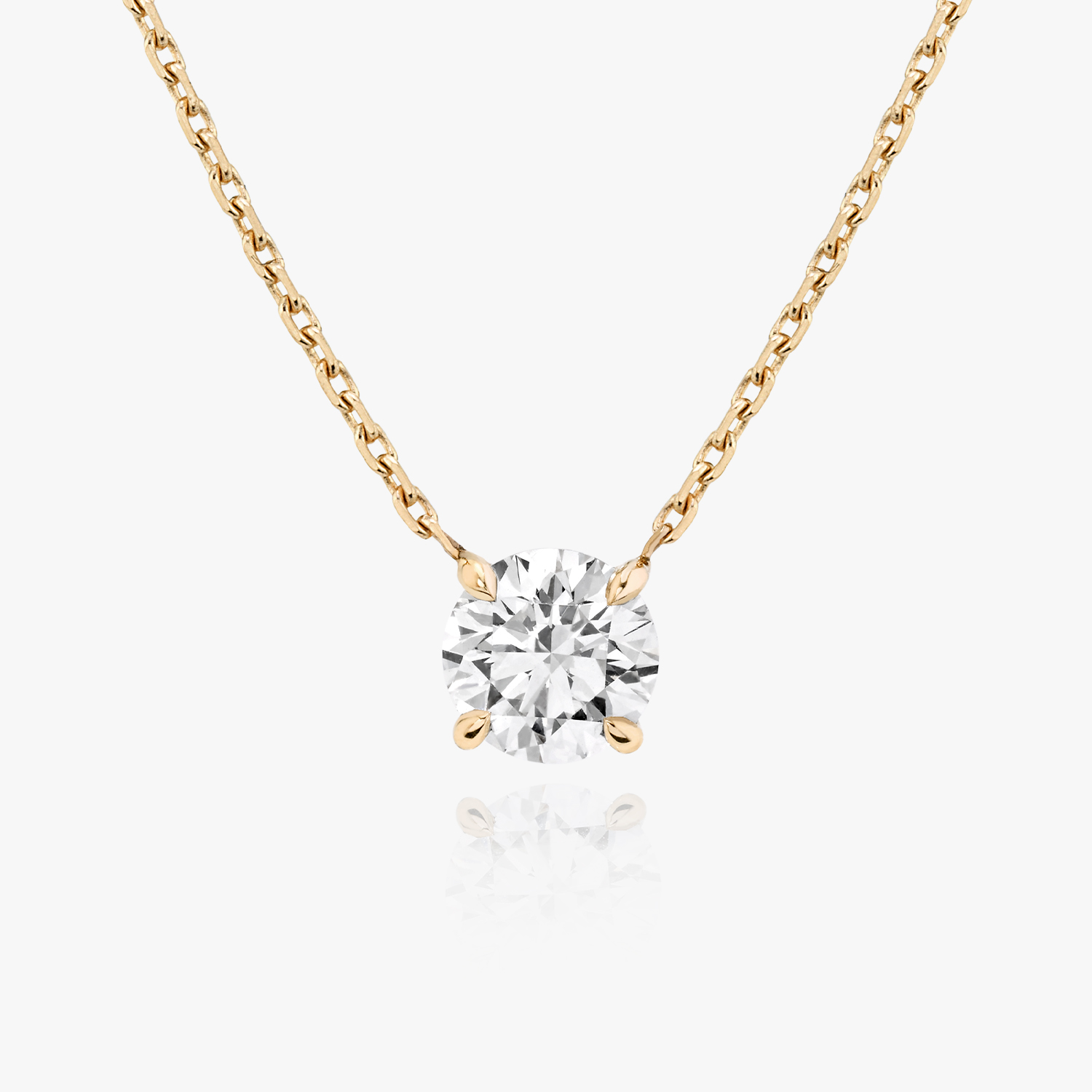
Finishing and Inspection
After completing the necessary repairs, it’s essential to finish and inspect your repaired necklace to ensure its durability and longevity:
- Trim Excess Wire or Cord: Use wire cutters or scissors to trim any excess wire or cord, leaving a clean and neat finish.
- Apply Jewelry Glue or Epoxy: If needed, apply a small amount of jewelry glue or epoxy to any areas that require additional reinforcement, such as the knots or jump rings. Be cautious not to use excessive amounts of adhesive, as it can be visible or affect the appearance of the necklace.
- Test the Durability: Gently pull and tug at various parts of the beaded necklace to test the durability of your repairs. This helps ensure that all components are secure and will not easily break apart with regular wear.
Proper Storage and Maintenance
Once your repaired necklace is back in action, it’s essential to store and maintain it properly to avoid future damage or breakage. Here are some tips:
- Store in a Jewelry Box or Pouch: Keep your necklace in a separate compartment or pouch to avoid tangling or scratching with other jewelry pieces.
- Handle with Care: Be mindful of how you handle and wear your necklace, avoiding excessive tugging, pulling, or tension that could strain the repaired areas.
- Regular Inspections: Periodically inspect your necklace for any signs of wear, loose components, or potential issues. Address any concerns promptly to prevent further damage and ensure the longevity of your jewelry.
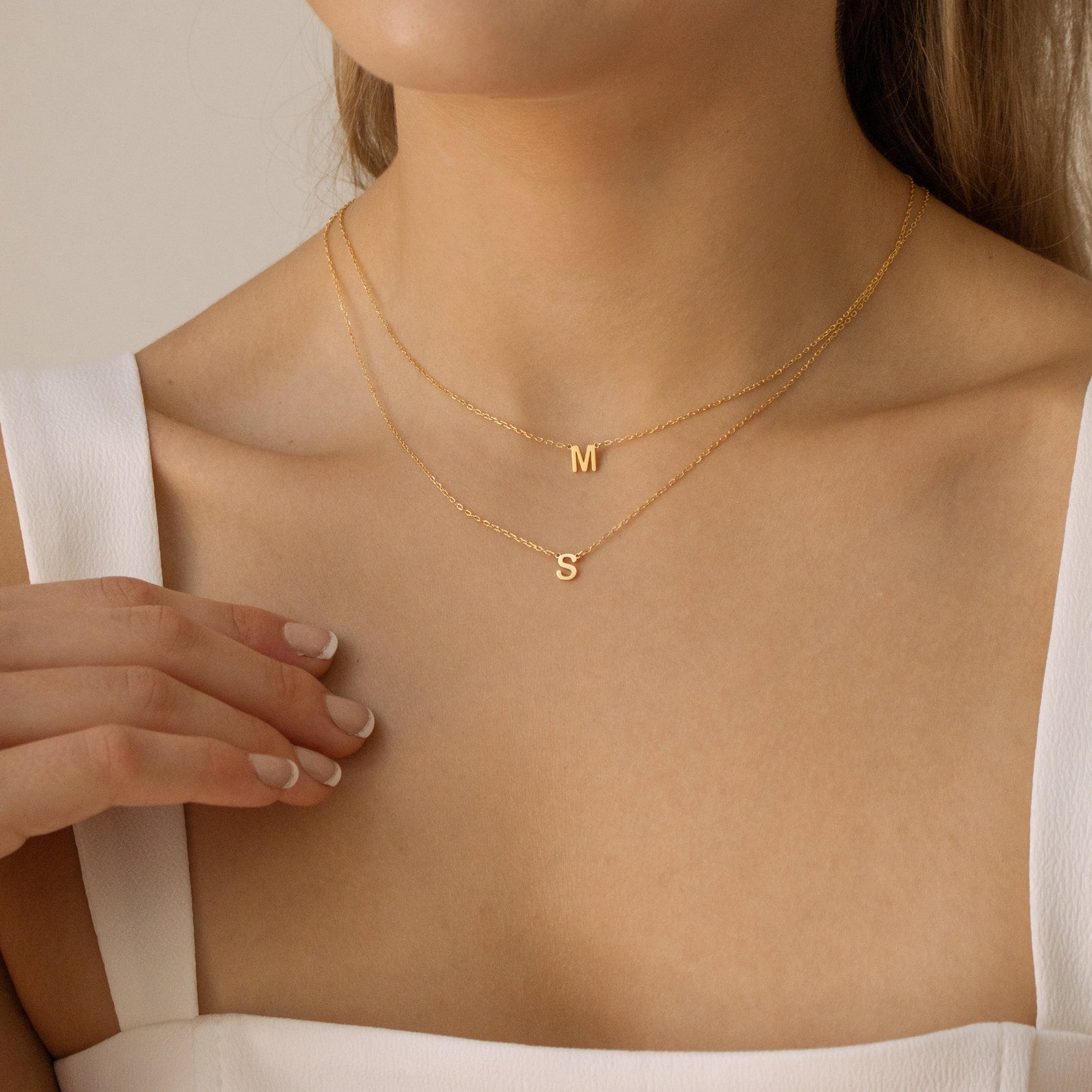
How to clean a necklace
Necklaces are considered one of the most cherished pieces of jewelry, adding style and elegance to any outfit. However, over time, necklaces can accumulate dirt, oils, and tarnish that diminish their appearance. Proper care and cleaning are essential to maintain the shine and luster of your necklace.
Gather Cleaning Materials and Tools
Once you know the type of material your necklace is made of, gather the necessary materials and tools for cleaning:
- Mild Soap: Choose a gentle soap, such as a dishwashing liquid or a mild jewelry-specific cleaner. Avoid harsh chemicals or abrasive cleaners that may damage the necklace.
- Warm Water: Use warm water to create a cleaning solution with the mild soap. Ensure the water is not excessively hot, as it may damage certain materials or loosen adhesives.
- Soft Brush: Use a soft-bristled brush, such as a toothbrush or a jewelry cleaning brush, to gently scrub the necklace. Ensure the brush is clean and suitable for the material you are cleaning.
- Soft Cloth: Have a soft, lint-free cloth on hand for drying and polishing the necklace after cleaning.
- Gemstone Cleaner (if applicable): If you have gemstones in your necklace, consider using a jewelry-specific gemstone cleaner to ensure optimal shine and cleanliness.
Conclusion
Repairing a broken necklace allows you to restore beloved or valuable jewelry pieces to their former glory. By assessing the damage, gathering the necessary materials and tools, and following the appropriate repair techniques, you can fix common necklace issues such as broken clasps, chains, or beads. Take your time and exercise caution when working with delicate components to ensure a secure and durable repair. By properly finishing and inspecting your repaired necklace, as well as storing and maintaining it correctly, you can enjoy your beautifully restored jewelry for years to come.
